.png)
The Rings of Power covers the Second Age of Middle-Earth and tells the story of Sauron’s ascendency to the Dark Lord of Mordor, forging the Rings of Power, and (most importantly) the creation of The One Ring. J.R.R. Tolkien has written in broad strokes about these events and how they fit into the Middle-Earth chronology, but never before has Middle-Earth’s Second Age been explored with the same level of personal character-driven intimacy as the events of the Third (i.e., The Hobbit and The Lord of the Rings). Of course, The Rings of Power has changed this—but where are these stories coming from?
The Rings Of Power Adapts Tolkien’s Appendices & Backstory From The Lord Of The Rings
Amazon Doesn’t Have The Rights To The Silmarillion
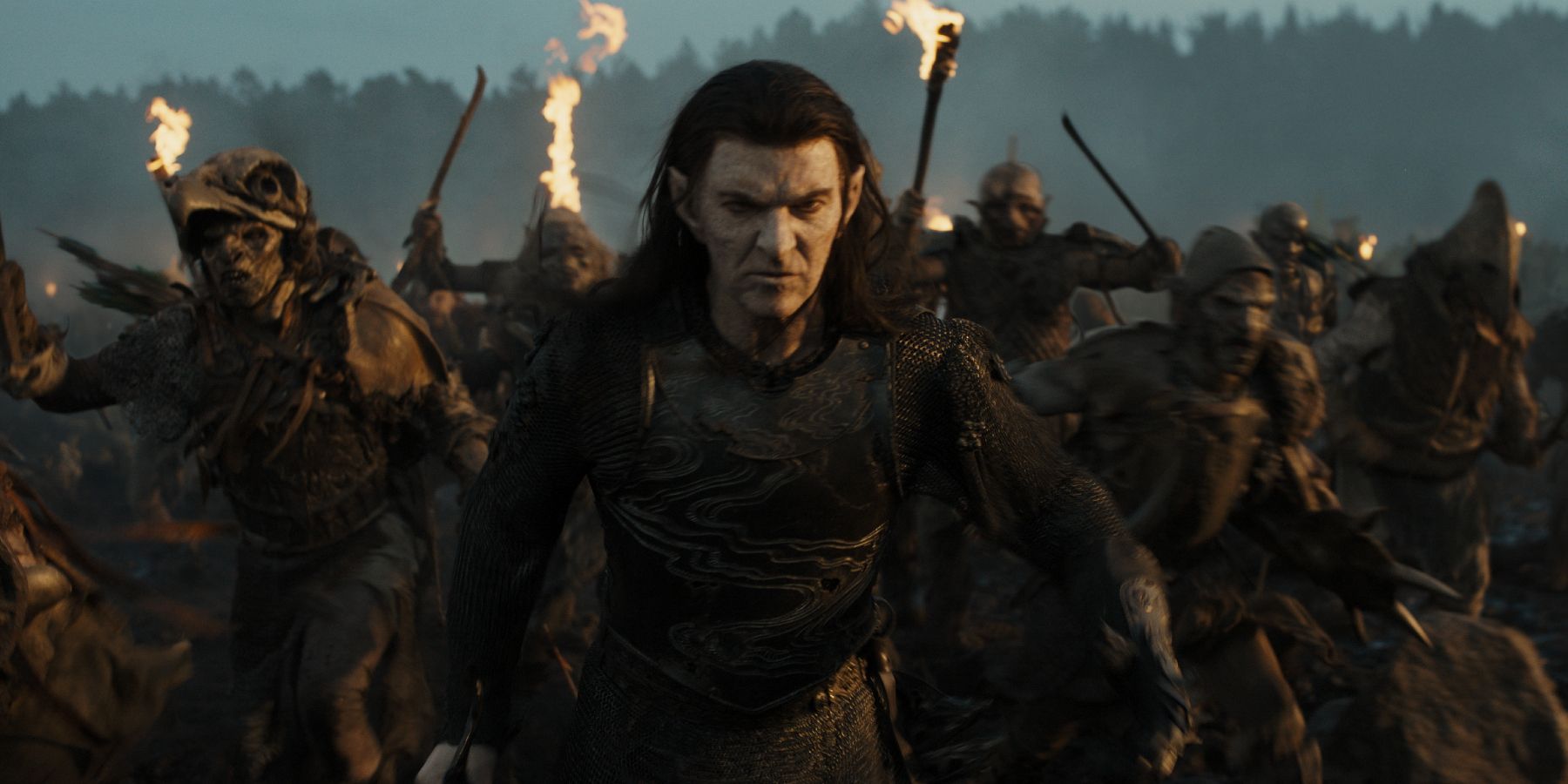
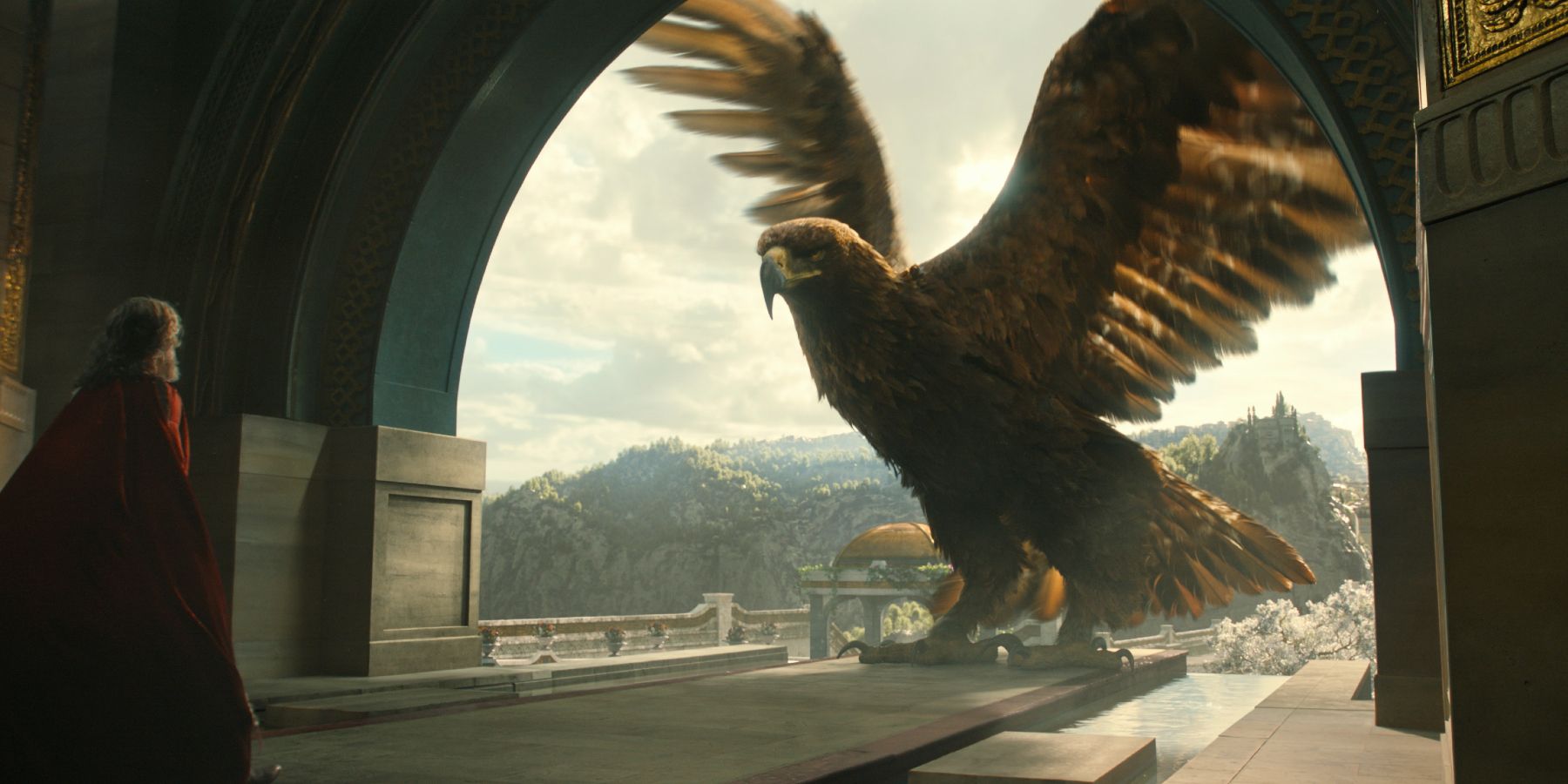
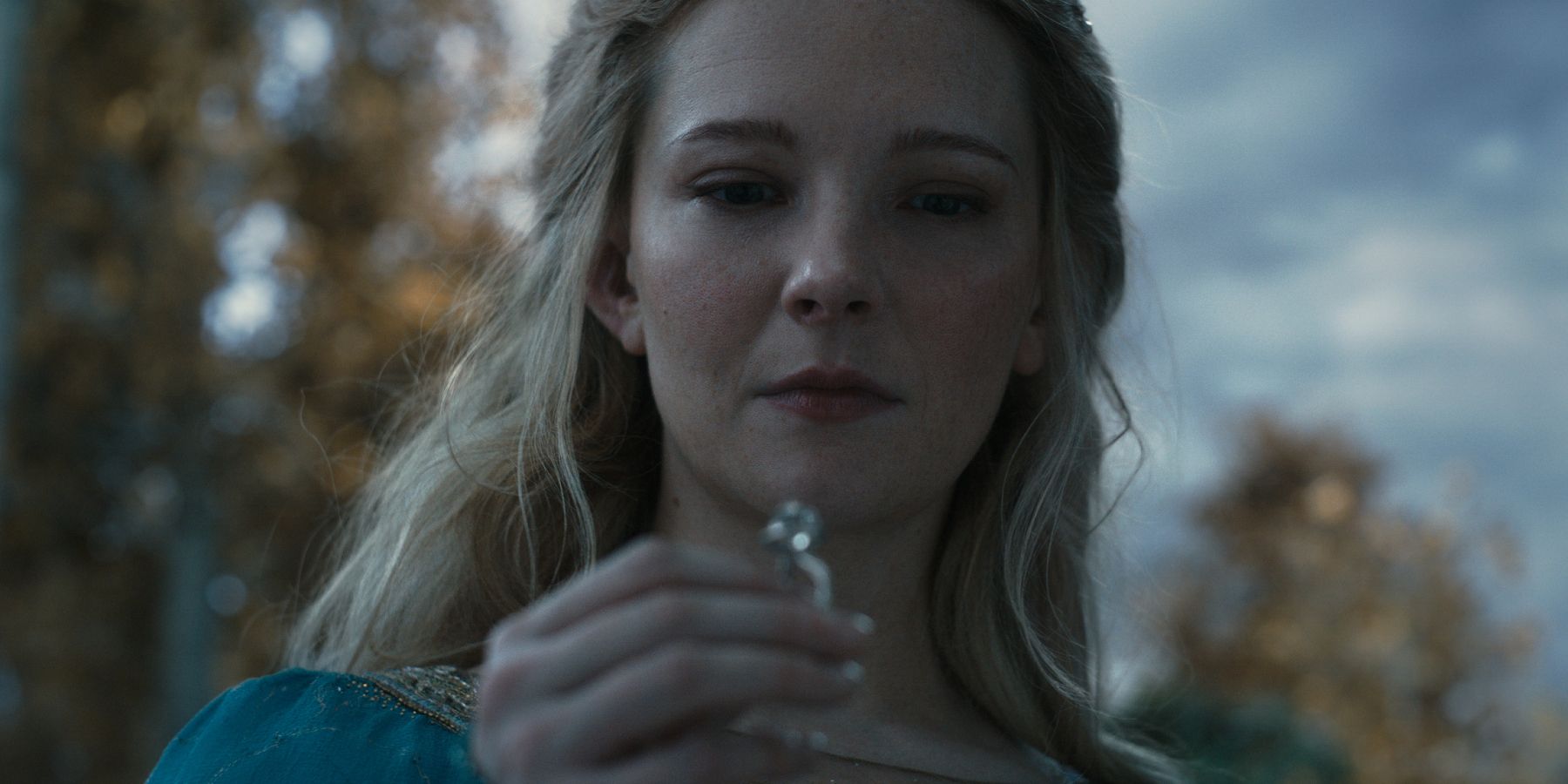
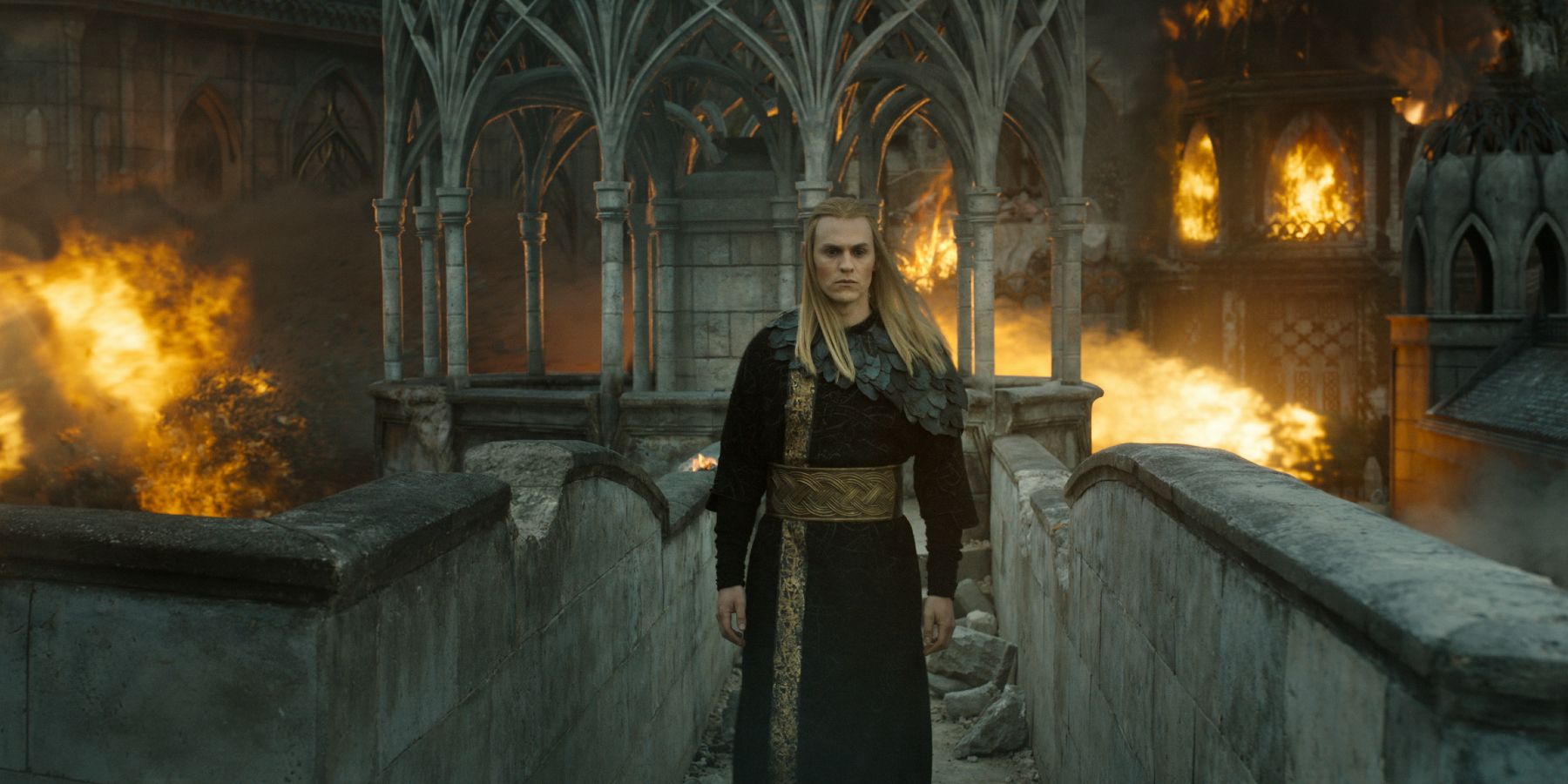
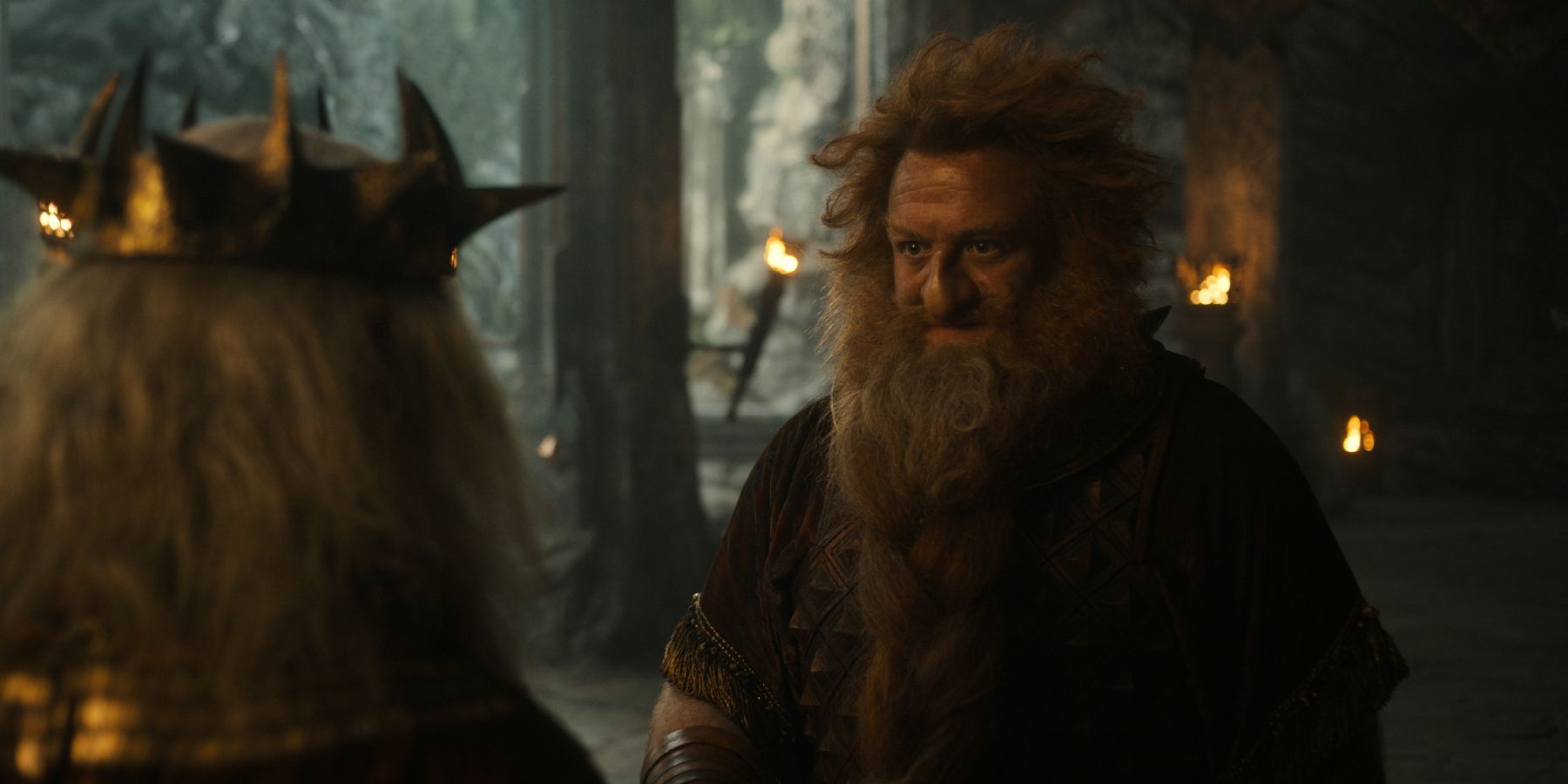
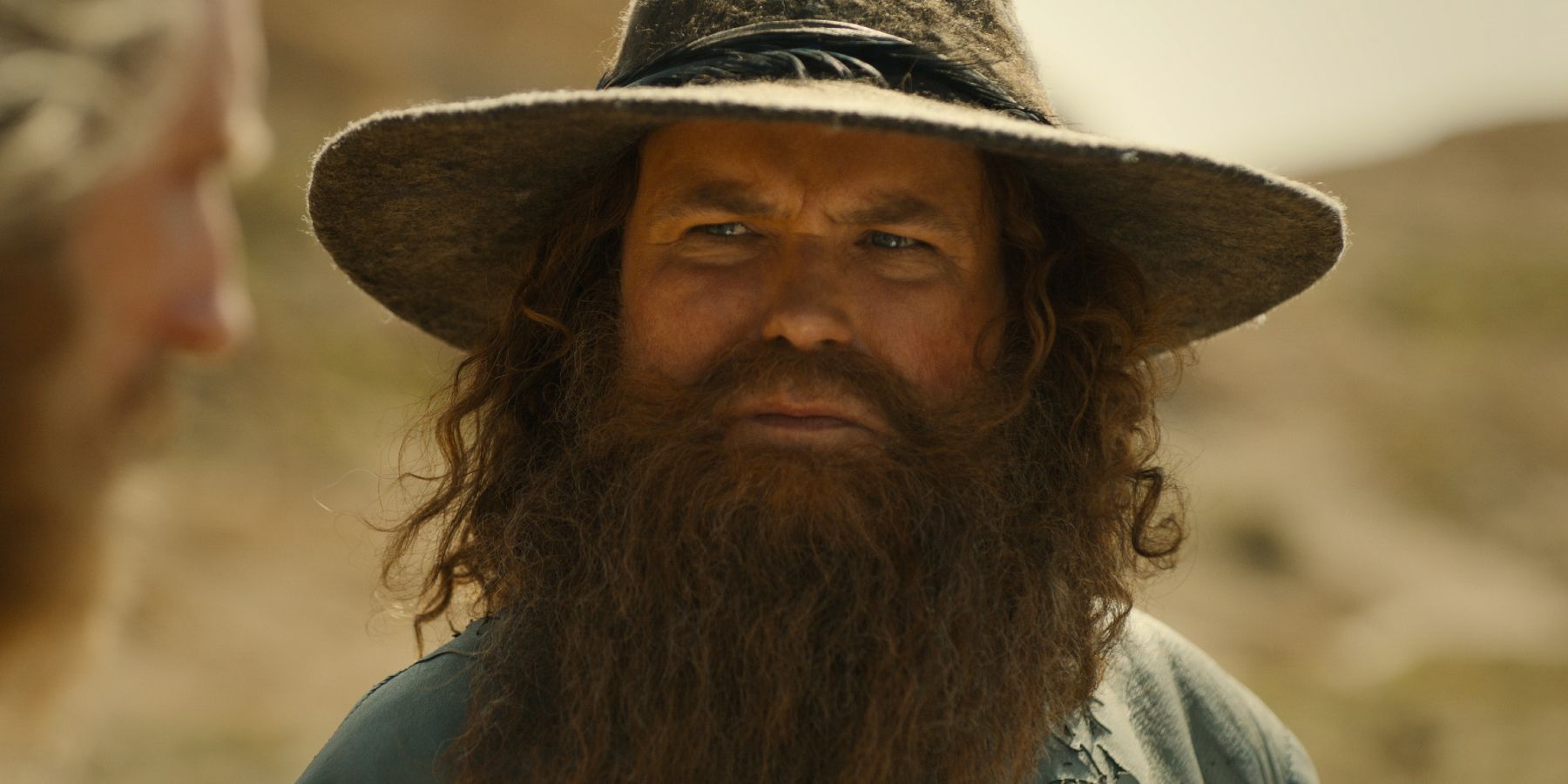






Tolkien’s most significant book detailing the Second Age of Middle-earth is the posthumously published The Silmarillion, which reads more like a textbook than a novel. While the events of this book are covered by The Rings of Power, the Prime Video series isn’t technically based on The Silmarillion since Amazon doesn’t have the rights to this piece of work. Instead, The Rings of Power draws from several Lord of the Rings texts to tell the story of this specific point in Middle-Earth’s history.
While Tolkien went into far more detail about the Second Age in The Silmarillion, he covered a great deal in the appendices of The Lord of the Rings: The Return of the King. Amazon has the TV rights to Tolkien’s central Lord of the Rings books, including the appendices, so these are the more official source of The Rings of Power. However, eschewing the traditional narrative style, Return of the Kings’ appendices present more fictional history set within Middle-earth and beyond. They are like a mini Silmarillion, but with significant gaps that Rings of Power has to work around.
The Rings Of Power Has Special Permission To Adapt Other Elements Of Tolkien Lore
The Appendices Of Return Of The King Allows Some Leeway
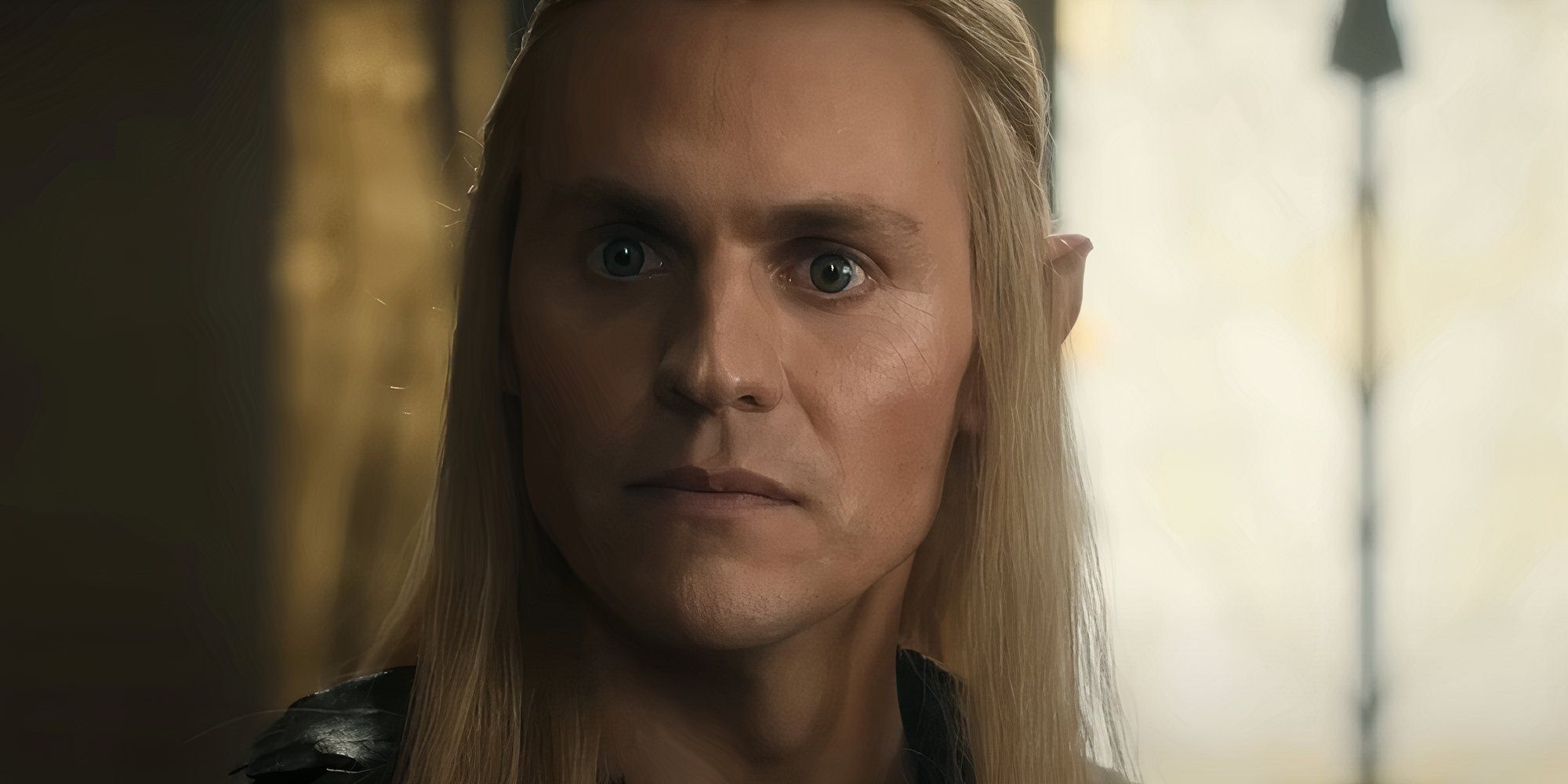
Prime Video attempting to adapt The Silmarillion’s stories without technically having the rights means carefully navigating a lot of red tape. The story of Morgoth stealing the Silmarils and Fëanor leading his people into exile to get them back is off-limits, which is why The Rings of Power season 1 changed how Galadriel and the Noldor came to be in Middle-earth. Parts of Sauron’s story can’t be adapted to TV (at least not by Amazon) as well, but there are special permissions involved with details like the name “Annatar” that allow Rings of Power a little wiggle room.
Essentially, so long as it is mentioned in The Fellowship of the Rings, The Two Towers, The Return of the King, and The Hobbit, Prime Video is in the clear. Characters like Galadriel, Elrond, Gil-galad, Sauron, Celebrimbor, Tom Bombadil, and more are IP accessible to Rings of Power, though only the parts of their stories discussed in these books can be covered. From there, Prime Video has no choice but to take some creative liberties to fill in the gaps.
There has been some indication that Amazon has gained individualized rights to some features of The Silmarillion but not the text as a whole.
The Rings Of Power Is Mostly A New Story Based Loosely On Tolkien’s Work
Rings Of Power Can’t Be Considered A Direct Tolkien Adaptation
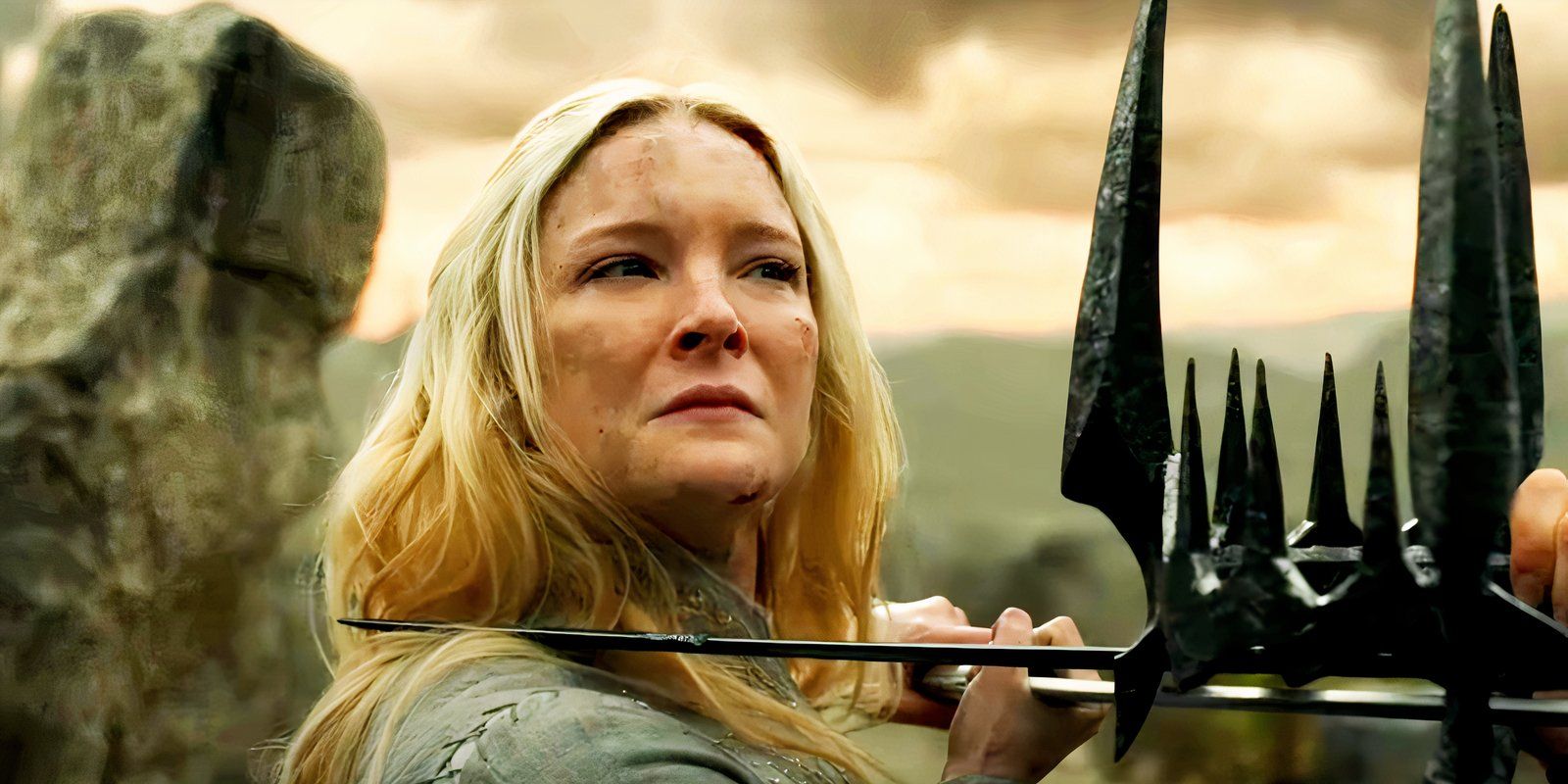
Tolkien doesn’t cover Middle-earth’s Second Age in anywhere near the same minute detail as The Lord of the Rings and The Hobbit, so while Peter Jackson had a detailed blueprint to work from, Amazon has more of an uphill challenge. The appendices of Return of the King have provided them with the dates, times, and events, but little is said about who characters like Isildur, Elrond, and Galadriel are as people. They also didn’t mention many individuals beyond Kings, Queens, and commanders of armies. As is, adapting this alone wouldn’t make for a very fun TV show.
The Rings of Power has added much to Middle-Earth’s canon where its characters are concerned, with a very different Galadriel now dubbed “Commander of the Northern Armies” and a host of new faces such as Disa and Arondir. The Lord of the Rings‘ appendices offer only a small fraction for Amazon to work with, but it’s expanding that tiny fraction into a fully fleshed out and almost completely new story, similar to 300‘s approach with the real-life Battle of Thermopylae.
Amazon’s approach might hone in, deviate, and then build upon Tolkien’s appendices in ways portions of the fanbase find hard to swallow, but it’s for a good reason.
Amazon’s approach might hone in, deviate, and then build upon Tolkien’s appendices in ways portions of the fanbase find hard to swallow, but it’s for a good reason. Amazon’s goal isn’t to make a dry series that keeps a few dozen Silmarillion traditionalists happy — they want to make a LOTR series that rivals Game of Thrones and makes the Middle-Earth IP a profitable franchise again. Expectations aside, Amazon is a business, and The Rings of Power is a product. It has to be enjoyable, watchable, and – above all – tell a cohesive story.
The Rings Of Power Is Probably The Closest Thing We’ll Get To A Live-Action Silmarillion
A True Silmarillion Adaptation Probably Won’t Happen
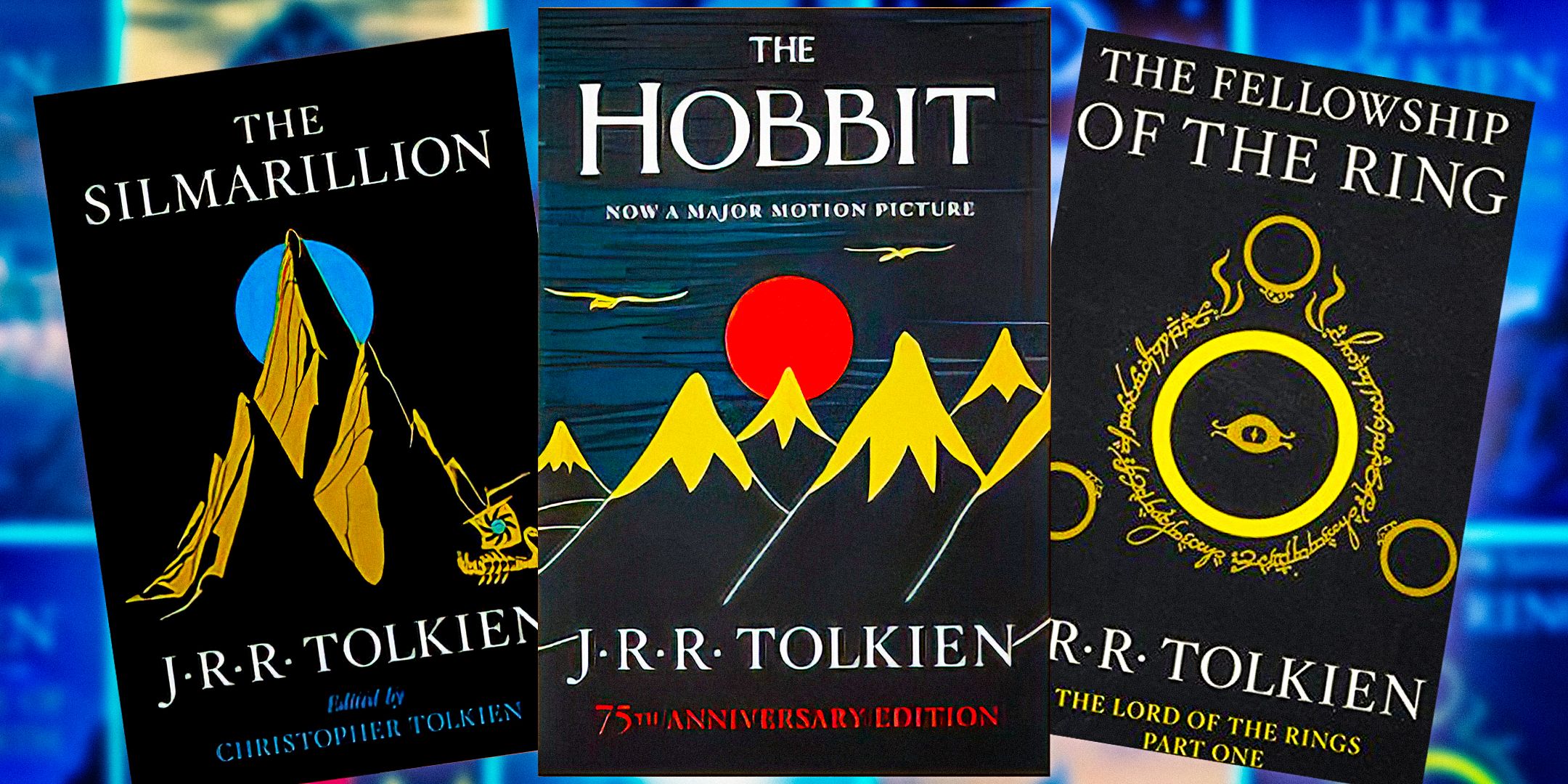
Peter Jackon’s Lord of the Rings trilogy inspired requests for a Silmarillion adaptation, but Rings of Power is likely to be the closest we ever get. For one thing, a direct adaptation would be boring—bordering on unwatchable. There’s a reason the book has gained a reputation as being nigh-impenetrable by all but the most devout Tolkien scholars. It’s more a textbook than a story, and despite what some staunch advocates of Tolkien purity believe, it wouldn’t make for good viewing. Of course, the stories within have potential, but the Tolkien estate is unlikely to release The Silmarillion any time soon.
There’s a reason the book has gained a reputation as being nigh-impenetrable by all but the most devout Tolkien scholars.
Tolkien first sold the film rights for The Lord of the Rings and The Hobbit back in the 1960s, and it’s for this reason alone that Peter Jackson’s Lord of the Rings movies and Prime Video’s The Rings of Power can exist. The Silmarillion, however, was published after the legendary author’s death. It’s almost as if this and other posthumous works (such as the Unfinished Tales of Numenor and Middle-earth) are considered pure, mint, and untouched by the Tolkien Estate. There has been very little leeway regarding their sale. So, Rings of Power is our best bet.

